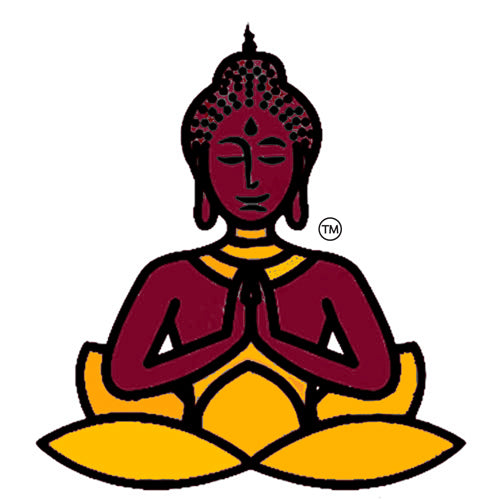Padmasambhava Day Buddhist Calendar 2022
Teilen
Padmasambhava Day Celebrated on the tenth lunar day of the lunar month starting in September. Sometimes called the Second Buddha, Padmasambhava is both a historical and a mythic figure of Tibetan Buddhism.
Padmasambhava ("Born from a Lotus"), also known as Guru Rinpoche (Precious Guru) and the Lotus from Oḍḍiyāna, was an tantric Buddhist Varja master from India who may have taught Vajrayana in Tibet (circa 8th - 9th centuries). According to some early Tibetan sources like the Testament of Ba, he came to Tibet in the 8th century and helped construct Samye Monastery, the first Buddhist monastery in Tibet. However, little is known about the actual historical figure other than his ties to Vajrayana and Indian Buddhism.
Padmasambhava later came to be viewed as a central figure in the transmission of Buddhism to Tibet. Starting from around the 12th century, hagiographies concerning Padmasambhava were written. These works expanded the profile and activities of Padmasambhava, now seen as taming all the Tibetan spirits and gods, and concealing various secret texts for future Tertons. Nyangral Nyima Ozer (1124–1192) was the author of the Zangling-ma (Jeweled Rosary), the earliest biography of Padmasambhava. He has been called "one of the main architects of the Padmasambhava mythos who first linked Padmasambhava to the Great Perfection in a high-profile manner.
In modern Tibetan Buddhism, Padmasambhava is considered to be a Buddha that was foretold by Buddha Shakyamuni. According to traditional hagiographies, his students include the great female masters Yeshe Tsogyal and Mandarava. The contemporary Nyingma school considers Padmasambhava to be a founding figure. The Nyingma school also traditionally holds that its Dzogchen lineage has its origins in Garab Dorje through a direct transmission to Padmasambhava.
In Tibetan Buddhism, the teachings of Padmasambhava are said to include an oral lineage (kama), and a lineage of the hidden treasure texts (termas). Tibetan Buddhism holds that Padmasambhava's termas are discovered by fortunate beings and tertons (treasure finders) when conditions are ripe for their reception.[16] Padmasambhava is said to appears to tertöns in visionary encounters, and his form is visualized during guru yoga practice, particularly in the Nyingma school. Padmasambhava is widely venerated by Buddhists in Tibet, Nepal, Bhutan and the Himalayan states of India, and in countries around the world.
